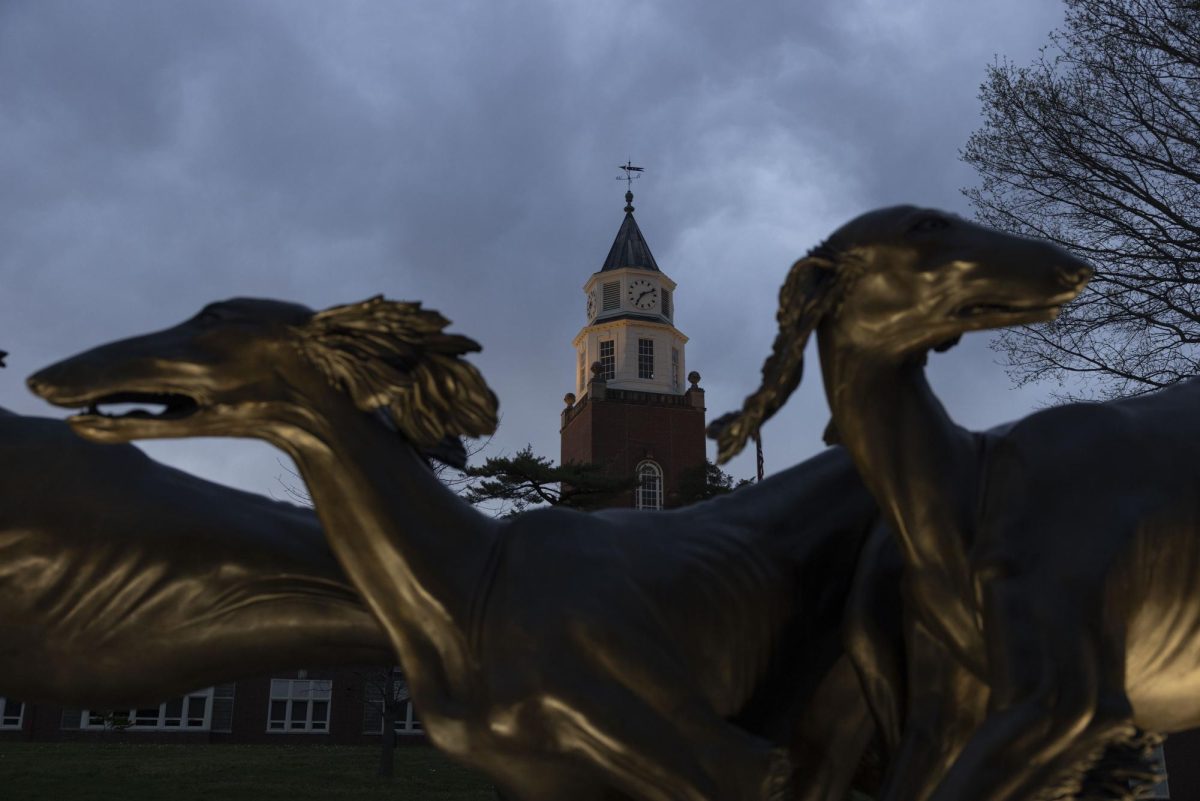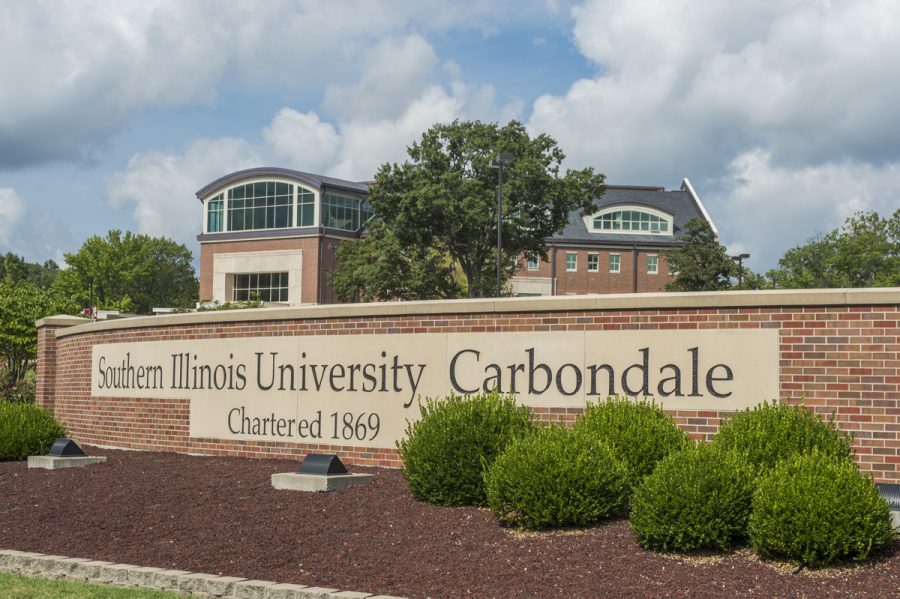Funding for arts may be retained
October 2, 1997
A joint-house conference committee hashed out an agreement Tuesday to retain funding for the National Endowment of the Arts, prompting, what an SIUC professor terms, a turning of the tide with respect to political and societal perceptions of the arts in America.
Edward Shay, a professor in the SIUC School of Art and Design, said the congressional negotiators’ decision to preserve the agency’s budget reflects a change in public sentiment about the arts. Because of this shift in mood, he contends, legislators have moved toward the center, procuring a more moderate stance on the issue.
The public really does realize now that the arts play an important role in society, Shay said. It’s (the committee’s vote) an accurate reflection of the political winds.
Advertisement
There’s always been a lot of talk about reducing the amount of the (agency’s) budget, but Congress and the executive branch won’t let that happen. The [political] center is always going to take hold of the decisions, and the more extreme positions will be thrown out.
Shay remains optimistic about the future of the NEA and said that before more legislative recommendations are forwarded, a serious dialogue about the arts is requisite.
This vote reflects a turning of the tide because this is the low point. I think the NEA’s bottomed out, he said. The budget can only be increased, which I think it will.
But before we do anything more, there should be an open debate and honest discourse about the role of the NEA and where the money should go.
The committee approved a budget of $98 million for the new fiscal year, which began Tuesday. The amount falls only slightly from last year’s level of $99.5 million.
The group also passed additional provisions, including conditions for the spending of the funds. Direct state funding was expanded to 40 percent, up from last year’s level of 35 percent. Also, the committee limited the amount that any one state can receive to 15 percent.
Other requirements include an emphasis on arts education in the selection of grants and the placing of six legislators on the NEA governing council. The NEA also will be able to solicit private money to supplement its federal funds.
Advertisement*
The committee’s actions now must be approved by the House and Senate.
Tuesday’s vote concludes a bitter debate over the NEA’s future that has persisted since the 1980s. Opposition to the agency seemingly reached a peak in July when the House voted to eliminate NEA funding altogether. House conservatives claimed victory in their effort to abolish the agency, but Senate moderates brokered a deal with congressional Democrats in August, vowing their support in overcoming House efforts. The Clinton administration also promised to support the agency.
Critics of the NEA have argued that taxpayer money should not be used to fund controversial art, but rather to balance the budget.
Some University constituencies are breathing a sigh of relief today, as NEA money remains intact. SIUC operates two campus programs and houses one nationwide program that all are funded in part by the Illinois Arts Council (IAC), a state-run endowment co-sponsored by the NEA.
These programs are the Shryock Concert Series, a regional music program; Big Muddy Film Festival, an independently produced movie tour; and Opera on Wheels, an SIUC School of Music project that brings musical theater to area primary schools.
Elimination of the NEA possibly could have threatened the existence of these programs.
Sandra Kinder, public information director at the IAC, said Council members are relieved to hear of the committee’s decision.
The partnership that’s been working has been the state and the NEA, and that link has to be sustained, Kinder said. This (vote) is clearly good.
This council cannot afford to see a loss of (federal) dollars. We need to get more money into Illinois’ communities.
Pamela Miller, research project specialist in the SIUC Office of Research Development and Administration, said Tuesday’s vote is an auspicious one, though the amount of money appropriated still remains low.
It’s as positive as we could have hoped, she said. But the reality is, there’s still not enough money to go around.
It’s a recipe for frustration because there are so many applicants, and there’s such a small amount of money there.
She said the committee’s decision to mandate an emphasis on arts education with respect to NEA grant selection is a favorable move and will benefit the University. Opposition to the arts, she said, usually stems from ignorance, and exposing people to art relieves this lack of understanding.
The reason why the NEA has been in so much trouble is because of a lack of awareness about the arts, Miller said. The University has a lot of resources to share, and it should reach out to and expand to provide exposure for children and other citizens in the community.
Advertisement








